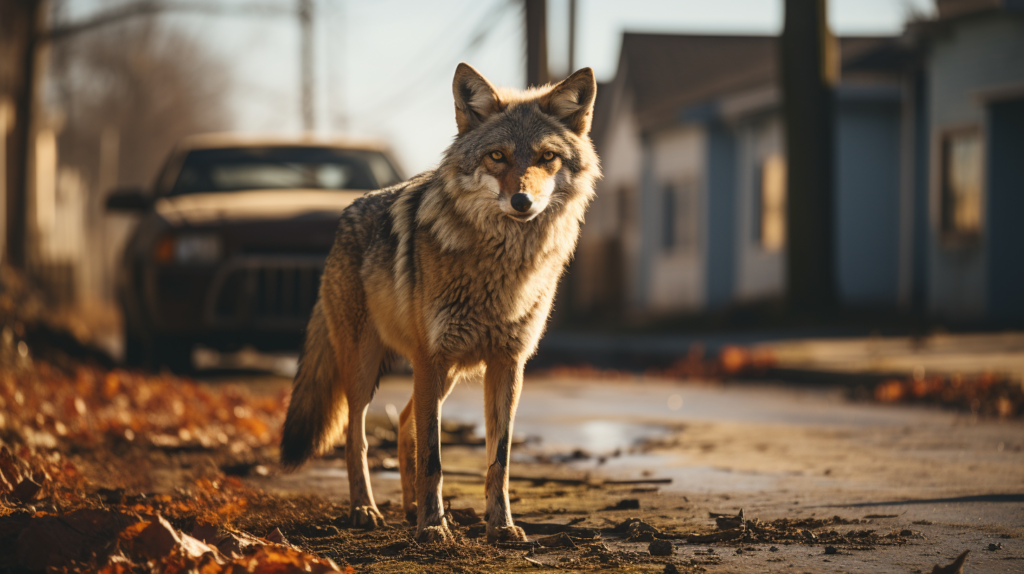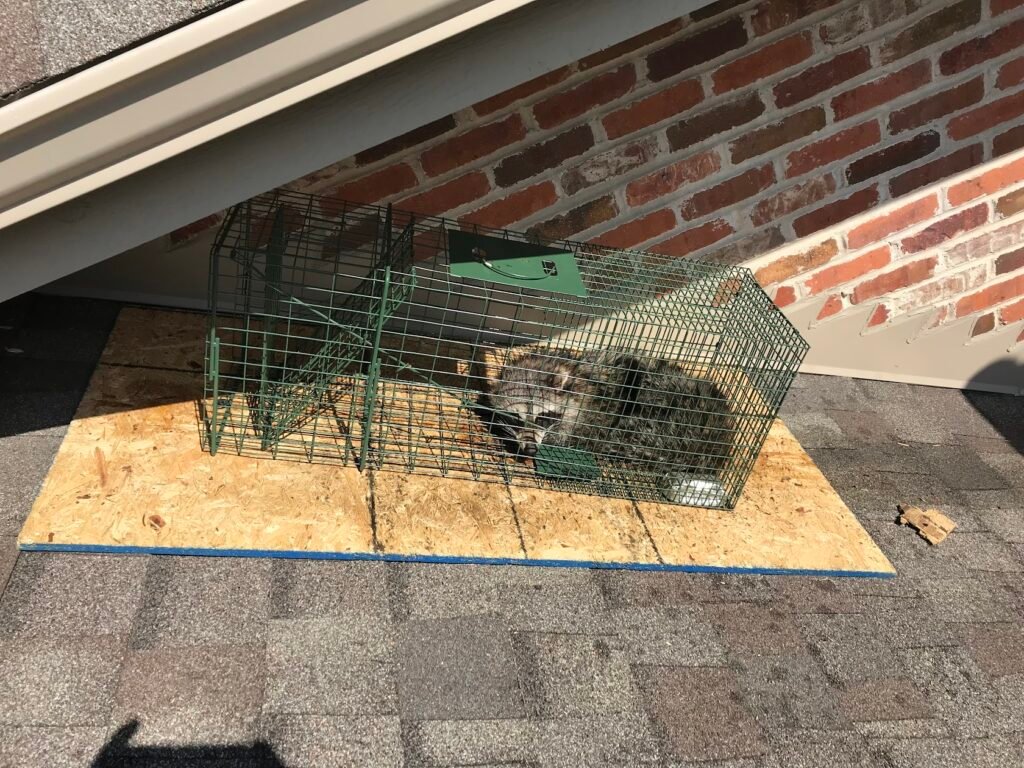
In Lexington, Kentucky, wildlife removal is regulated by specific laws and guidelines issued by the Kentucky Department of Fish and Wildlife Services. Nuisance Wildlife Control Operators (NWCOs) are individuals who are permitted by the department to provide professional wildlife control services[3][8].
To become a Commercial Nuisance Wildlife Control Operator, a person must be at least 18 years old, pass the National Wildlife Control Training Program for Kentucky with a score of 80% or better, and submit a $100 application fee. The permit authorizes a person to take and transport specified wildlife at any time for commercial nuisance wildlife control purposes. However, certain species cannot be taken without prior authorization from the commissioner. The permits are valid from March 1st through the last day of February the following year[8].
Wildlife removal companies in Lexington, such as Wildlife Removal Pros, practice humane animal control techniques and follow all state laws and guidelines concerning removing wildlife and trapping[1][2]. They handle a variety of wildlife issues including raccoon removal, squirrel trapping, skunk removal, mole trapping, and also work with coyotes, beaver, snakes, birds, etc. They implement control, trapping, or exclusion through mechanical means and are not permitted to use pesticides or other forms of chemical control[4].
Animal control officers in Lexington are not charged with, or permitted to perform, wildlife control and will commonly refer callers to permitted nuisance wildlife control operators[4].
Legal Requirements for Nuisance Wildlife Control Operators (NWCOs)
-
- NWCOs must submit an annual activity report to the Department no later than March 30 and before a permit is renewed.
- They must provide information about their activities from February 1 of the previous year through January 31 of the current year.
- The permit will not be renewed if they fail to submit the required reports or provide necessary information.
- NWCOs can only dispatch or release captured wildlife according to specific regulations. They cannot transport nuisance wildlife to a rehabilitator or facility holding wildlife captive, except for injured or ill federally protected species.
- Holding wildlife for more than 48 hours is prohibited.
- They cannot take federally protected wildlife unless they have a valid permit from the U.S. Fish and Wildlife Service, except for certain conditions like herding or scaring migratory birds.
- Dispatching bats is prohibited.
- They must comply with Kentucky Revised Statutes (KRS) 150.410 and trapping requirements in 301 KAR 2:251 when using traps.
- If using a gun, proof of completion of the Kentucky Hunter Education Program is required【23†source】.
Species-Specific Control Guidelines
-
- The Kentucky Department of Fish and Wildlife provides guidelines for dealing with specific animals like bears, beavers, coyotes, deer, vultures, and bats.
- For example, managing beaver problems includes identifying damage caused by their activities, such as dam building, bank burrowing, and tree cutting. The management strategies might involve trapping, with detailed information available in KDFWR publications.
- Fur trappers can be requested for assistance with problems related to furbearers like minks, muskrats, beavers, etc., during the legal trapping season.
- For each species, there are specific recommendations and guidelines, which are detailed on the KDFWR website【22†source】【25†source】.
Regulations on Handling Wildlife for NWCOs
-
- Legal methods of dispatching wildlife include captive bolt, gunshot, submersion for wildlife trapped in water sets, cervical dislocation or thoracic compression for small mammals and birds, mechanical stunning followed by an acceptable dispatch method, inhalants, commercially available agents for striped skunks, and rodenticides for small rodents.
- Prohibited methods of dispatch include extra-label use of chemicals, toxicants, poisons, fire, explosives, mechanical, electrical, or hand-operated sonic recording devices, and gas or smoke in dens, holes, or nests of wildlife.
- Regulations for the release of captured wildlife specify transport in a manner that minimizes stress, release in suitable rural habitats, and written permission requirements from landowners or public land management agencies.
- Carcasses of wildlife must be disposed of by incineration, placing in a landfill, burying, or removing by a licensed establishment【24†source】.
For detailed guidelines and regulations, you can visit the Kentucky Department of Fish and Wildlife Resources website and the Legal Information Institute’s page on Commercial Nuisance Wildlife Control.
What are the consequences of violating wildlife removal regulations in lexington?
In Lexington, Kentucky, violating wildlife removal regulations can result in various penalties, including fines and potential imprisonment, depending on the specific regulation violated.
For instance, the Lexington Conservation Land Regulations impose a fine not exceeding $200 or the replacement cost of damage, whichever is greater, on any person violating said regulations[1].
Under the town’s By-Law for Wetlands Protection, violation carries a maximum penalty of $300 for each violation or each day of continuing violation. Under the state act, violations are punishable by a maximum fine of $1000 and six months imprisonment per day of continuing violation. In addition, a landowner is usually required to restore any illegally altered land to its original condition[2].
The Kentucky Statutes also indicate that violation of certain provisions may result in fines or possible imprisonment depending on the statutory section violated, and license sanctions may also result[7].
It’s important to note that these penalties can vary based on the specific nature of the violation, the damage caused, and whether it’s a first-time offense or a repeated violation. Therefore, it’s crucial to adhere to all wildlife removal regulations to avoid these penalties and to ensure the protection and humane treatment of wildlife.
Citations: [1] https://www.lexingtonma.gov/230/Lexington-Conservation-Land-Regulations [2] https://www.lexingtonma.gov/189/Conservation-Permits-Wetlands-Protection [3] https://www.lexingtonky.gov/departments/code-enforcement [4] https://lex-co.sc.gov/sites/lexco/files/Documents/Lexington%20County/Departments/Animal%20services/Ord.%2021-20%20Tethering%20%26%20Shelter%20-%20Executed%20Copy%201-11-22.pdf [5] https://www.scstatehouse.gov/code/t50c011.php [6] https://library.municode.com/sc/lexington/codes/code_of_ordinances?nodeId=TITIXGERE_CH91AN [7] https://www.animallaw.info/statutes/us/kentucky [8] https://ecode360.com/9733598 [9] https://fw.ky.gov/Wildlife/Pages/Nuisance-Wildlife.aspx [2] https://kywildliferemovalpros.com [10] https://fw.ky.gov/Wildlife/Pages/Commercial-Nuisance-Wildlife-Control-Operator.aspx




